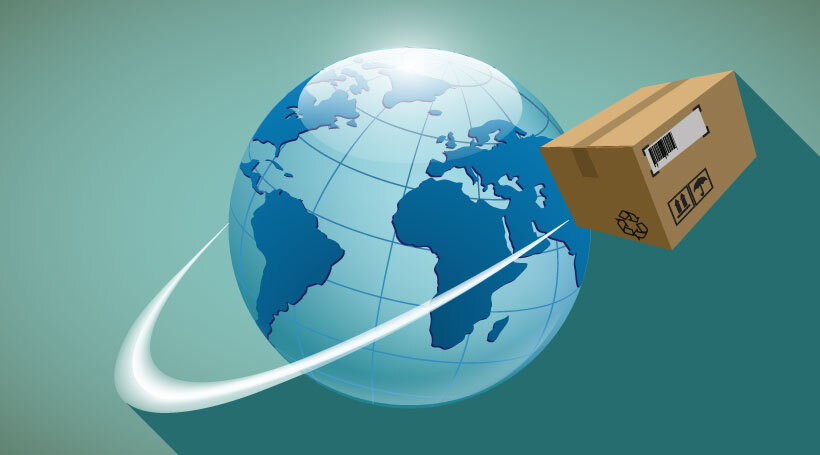2025 Trends in E-commerce Warehouse Logistics You Shouldn’t Miss
E-commerce logistics is rapidly changing. In 2025, warehouse operations will focus on speed, data, automation, and global variety. For DTC brands, dropshipping businesses, and multi-channel sellers using platforms like WooCommerce, Shopify, and Kickstarter, the future of logistics depends on efficient fulfillment strategies and advanced technology.
This article highlights key logistics trends for 2025, particularly how global shipping platforms like PostalParcel are transforming tracking, returns, and fulfillment.
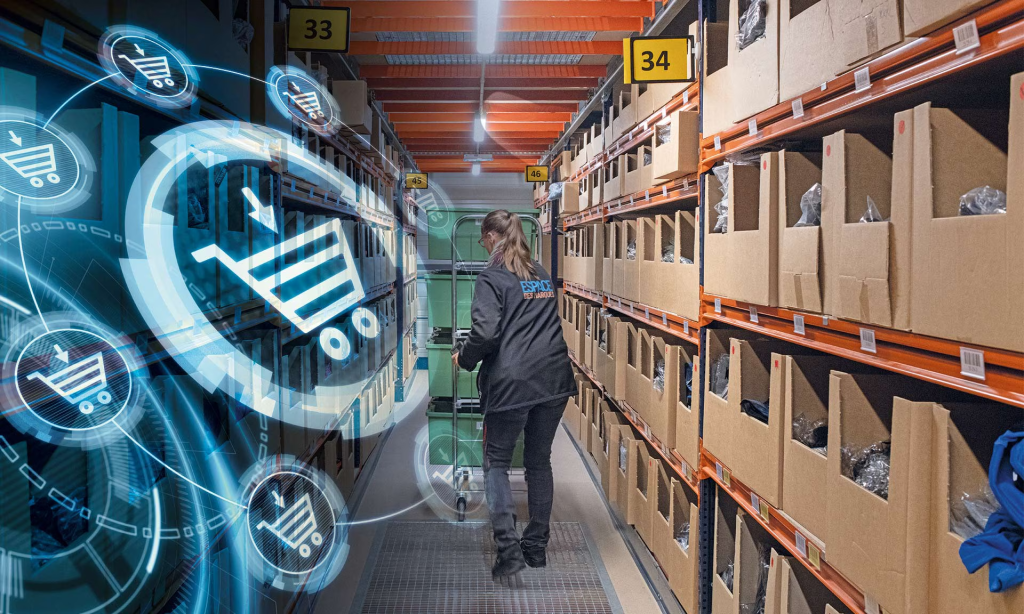
1. Intelligent Fulfillment: Speed Meets Flexibility
Modern consumers demand fast, accurate, and reliable order fulfillment. In 2025, e-commerce brands must offer same-day or next-day shipping, even across borders. Fulfillment centers are shifting to automation-first models, integrating AI-powered Warehouse Management Systems (WMS) to optimize picking, packing, and inventory distribution.
PostalParcel, a logistics platform built for DTC and international sellers, connects with multiple warehouses and carrier systems, helping brands handle fulfillment at scale. For Shopify and WooCommerce users, seamless integration with PostalParcel means order data can automatically trigger fulfillment across regions without manual intervention.
2. Global Shipping with Local Optimization
Cross-border e-commerce will account for over 25% of global online sales by 2025. Yet managing global shipping is still complex, navigating customs, tracking delays, and inconsistent carrier performance.
To address these issues, platforms like PostalParcel enable unified global shipping through postal operators (e.g., Royal Mail, USPS, CTT, Japan Post) and commercial couriers (e.g., Evri in the UK, FAN Courier in Romania). These integrations allow for hybrid delivery models, balancing cost and delivery time.
By leveraging PostalParcel’s carrier intelligence, DTC brands can route orders dynamically based on PostalParcel’s level, location, or customer preference—all from a single dashboard.
3. Real-Time Tracking Across Carriers
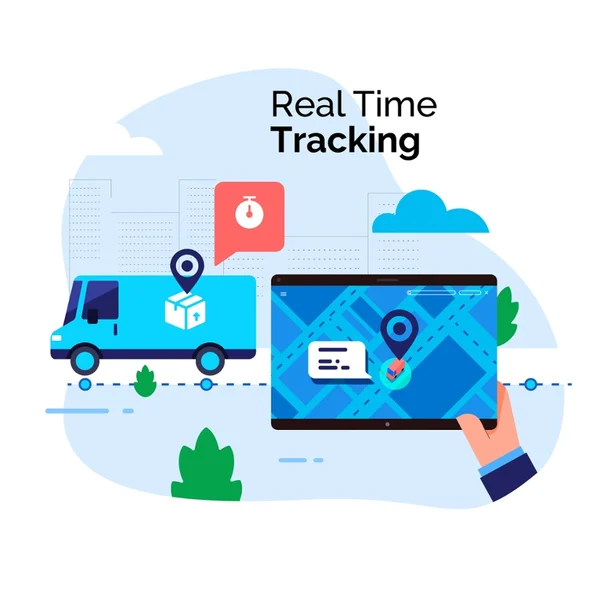
Traditional tracking systems often leave customers and merchants guessing. In 2025, transparency and real-time tracking are standard expectations. Whether shipping through postal networks or private couriers, businesses must provide proactive updates.
PostalParcel excels at multi-carrier tracking, aggregating status updates from thousands of carriers worldwide into a single interface. It translates carrier-specific tracking codes, status messages, and ETAs into a consistent, branded experience for your customers.
It is especially valuable for Kickstarter campaigns and small DTC startups with global backers, where customer communication is critical. Fewer “Where is my order?” tickets mean happier customers and lower support costs.
4. Returns and Reverse Logistics Go Smart
Returns are no longer just a backend process—they are part of your brand experience. In 2025, warehouse logistics includes smart returns management: automated approvals, dynamic routing, and restocking alerts.
Platforms like PostalParcel offer reverse logistics tools that help merchants manage international returns with minimal friction. Whether using Evri for UK returns or USPS for domestic US parcels, PostalParcel provides a centralized portal for tracking and managing the entire return lifecycle.
Shopify and WooCommerce sellers can connect their stores directly to PostalParcel’s returns interface, streamlining refund processing and inventory updates.
5. Rise of 4PL and Fulfilment-as-a-Service (FaaS)
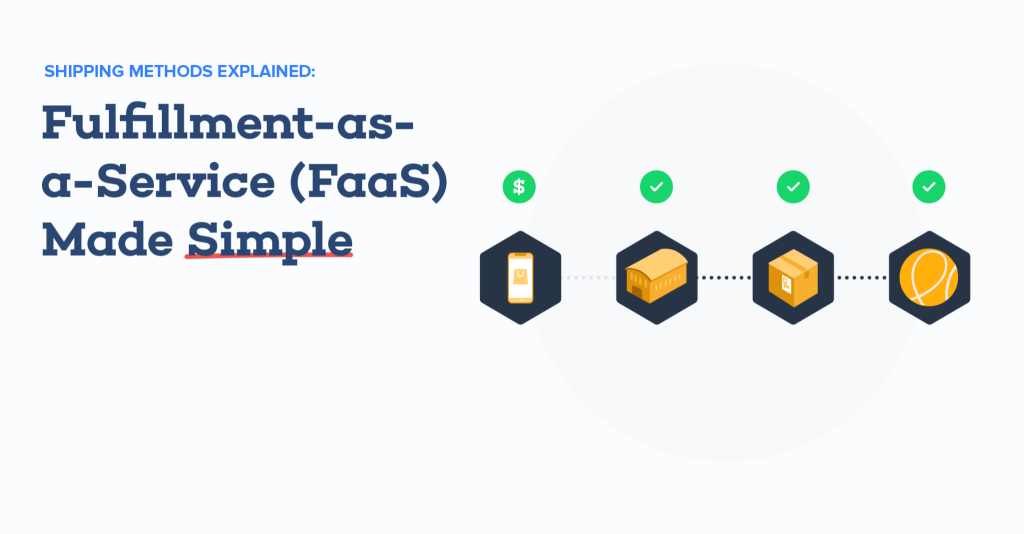
With increasingly complex supply chains, businesses are moving beyond traditional 3PLs (third-party logistics) to 4PL providers. These companies, like PostalParcel, don’t just handle warehousing—they orchestrate every part of the logistics process, including carrier selection, route optimization, customs clearance, return flows, and customer communications.
In 2025, FaaS (Fulfillment-as-a-Service) will become the default model for growing brands. With PostalParcel’s 4PL capabilities, brands can outsource logistics complexity while controlling data and customer experience.
Whether a WooCommerce store with local demand or a Kickstarter project shipping worldwide, FaaS platforms allow you to stay lean while scaling fast.
6. Dropshipping 2.0: Smart and Branded
Dropshipping is transforming. In 2025, sellers can’t rely on slow, generic suppliers. Instead, they must offer faster delivery, tracking, and brand-level control.
PostalParcel supports modern dropshipping models by connecting suppliers, fulfillment centers, and shipping providers into one platform. This ensures product-level visibility, intelligent routing, and branded tracking—even if you don’t physically touch the product.
It is especially relevant for Shopify users who sell via AliExpress or overseas factories. PostalParcel is the middleware that brings logistics transparency to an otherwise opaque process.
7. Multi-Platform Logistics Integration
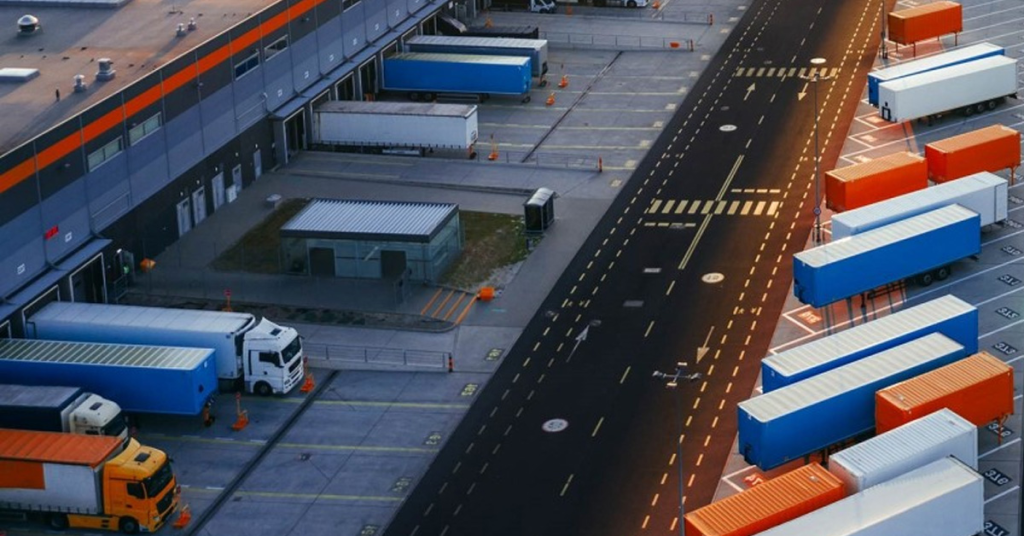
E-commerce is no longer single-channel. Brands today operate across WooCommerce, Shopify, DTC platforms, Kickstarter, and even marketplaces. Logistics platforms must support this complexity.
PostalParcel’s API and plugin integrations allow you to sync order, fulfillment, and PostalParcel’s tracking data across platforms. This avoids stockouts, overselling, and customer frustration caused by desynchronized inventory.
You get a unified logistics dashboard—even if you’re managing campaigns, subscriptions, and global orders at the same time.
8. Carrier Diversification and Postal-Courier Synergy
2025 will reward brands that diversify their last-mile strategy. Relying on just one courier or postal operator increases risk. Carrier synergy—the combination of postal operators and regional couriers—is key.
PostalParcel gives you access to a vast network:
- Postal operators: Royal Mail, USPS, CTT, Japan Post, etc.
- Regional express couriers: Evri (UK), FAN (Romania), Correos Express (Spain), etc.
Using dynamic routing and cost-performance analysis, the system recommends the best shipping method for every destination, improving speed and profit margins.
Conclusion
Warehouse logistics in 2025 is all about visibility, flexibility, and control. For DTC brands and online sellers, platforms like PostalParcel are essential to stay fast, reliable, and customer-focused.
Logistics can become a key growth driver with smarter fulfillment, global shipping, real-time tracking, and efficient returns.
Whether you’re on WooCommerce, Shopify, or launching a Kickstarter campaign, it’s time to upgrade your logistics. PostalParcel helps you manage every order and every return in every country.
Industry Insights
news via inbox
Nulla turp dis cursus. Integer liberos euismod pretium faucibua

